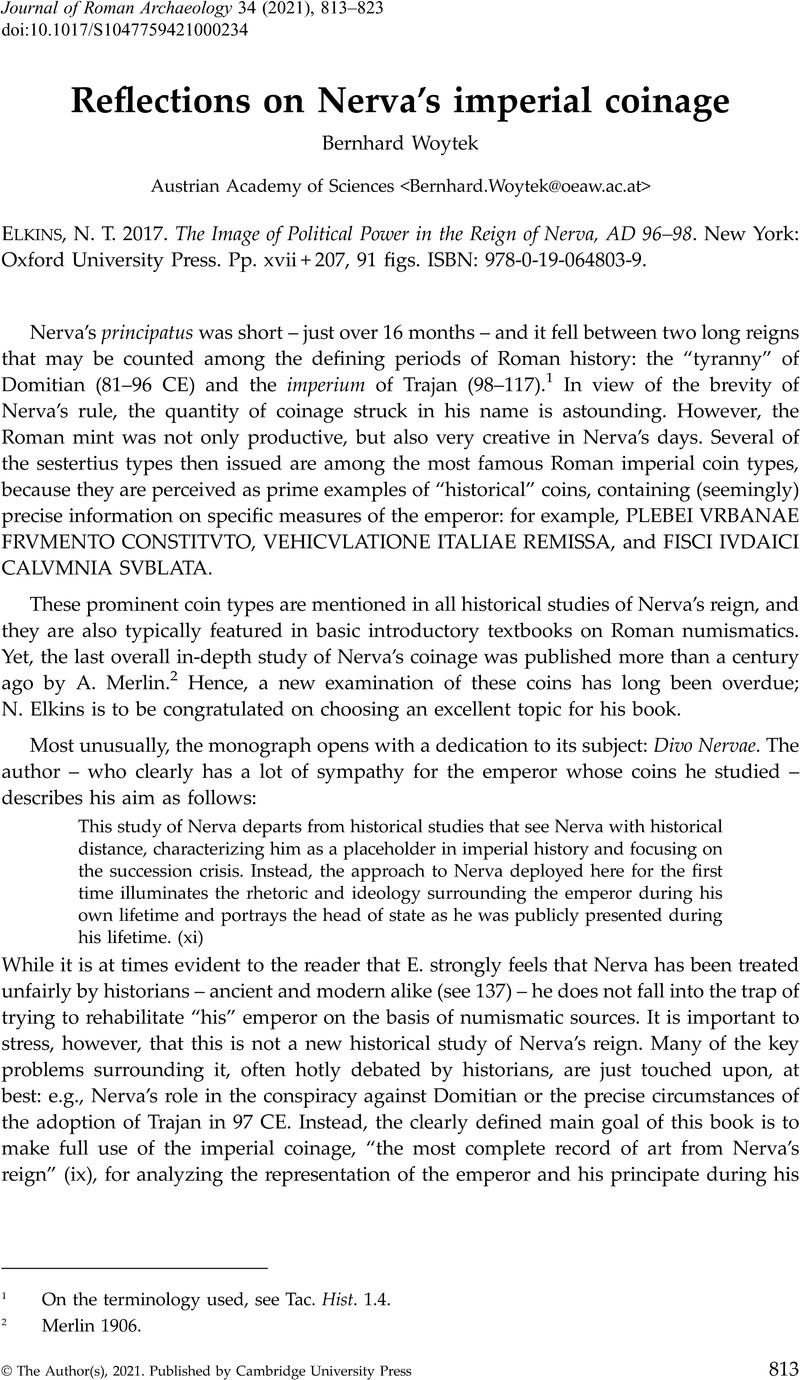Crossref Citations
This article has been cited by the following publications. This list is generated based on data provided by Crossref.
Taylor, Rabun
2024.
Novae erogationis ordinatio: Frontinus, Domitian, Nerva, and the Aqua Traiana.
Journal of Ancient History,
Vol. 12,
Issue. 1,
p.
100.



